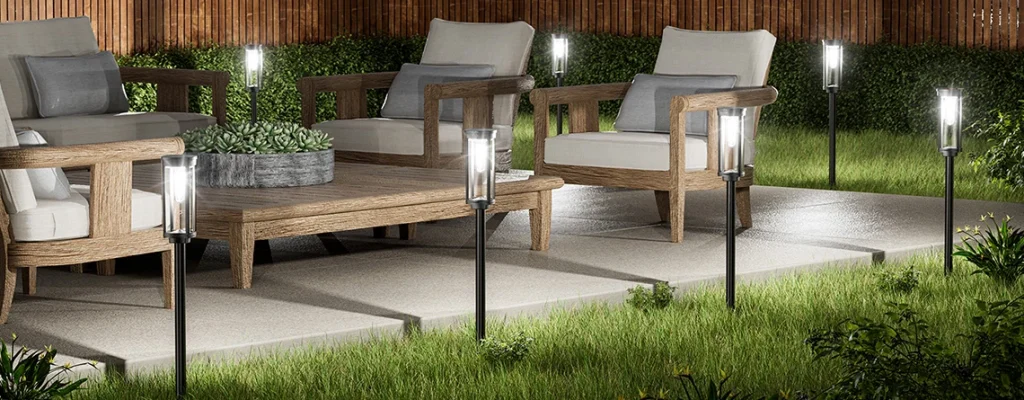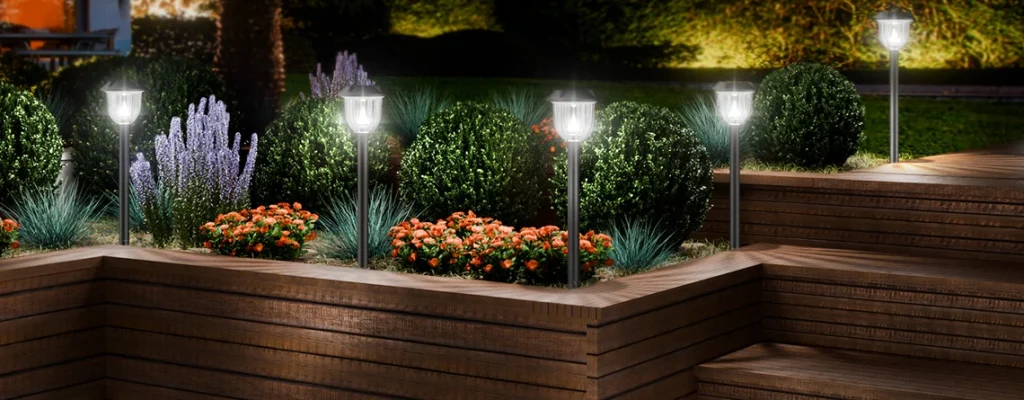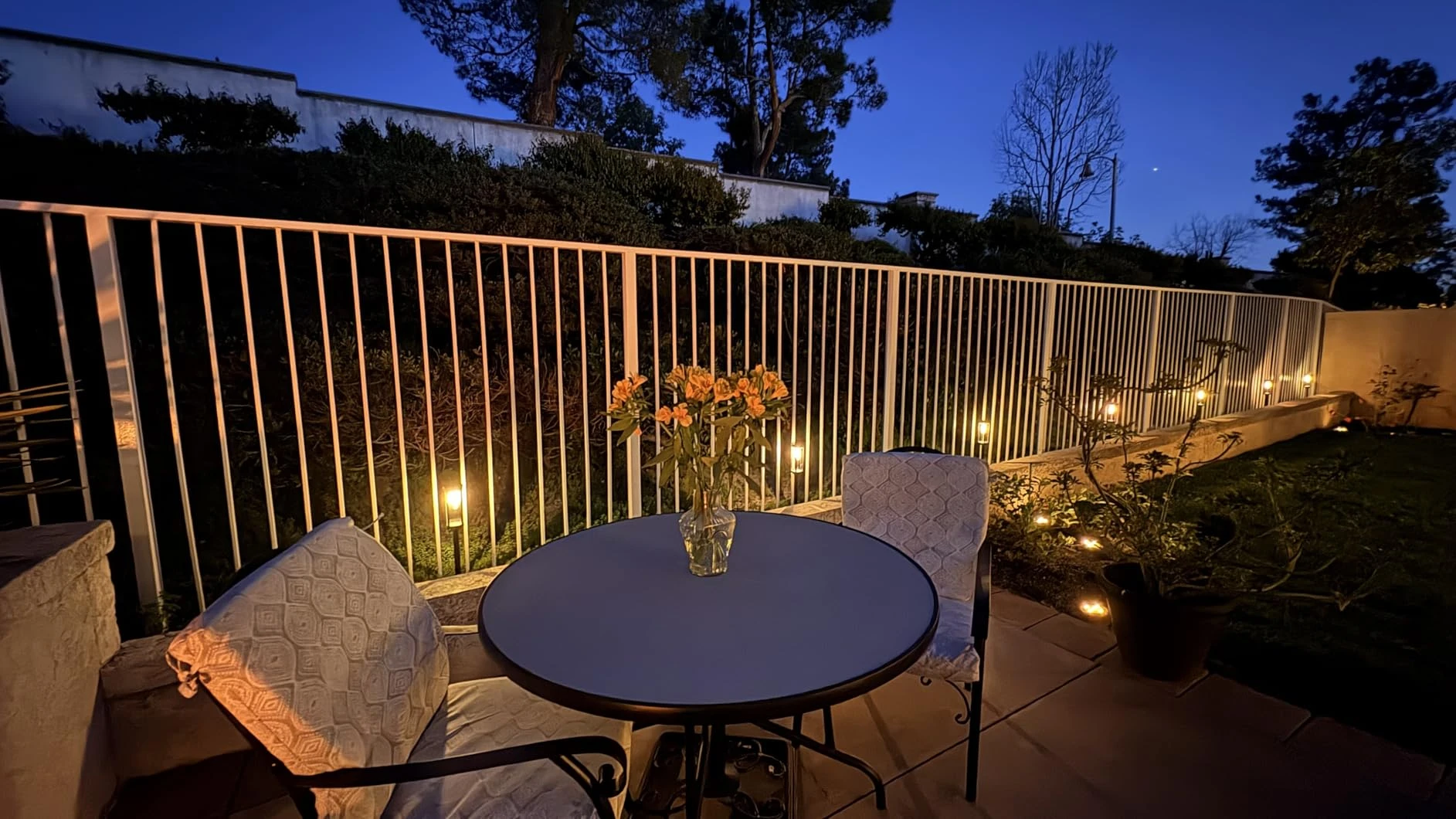Solar panels are a cornerstone of renewable energy, powering everything from solar outdoor lights to entire homes with clean, sustainable electricity. A common question among homeowners and solar enthusiasts is whether solar panels need direct sunlight or if ambient light is sufficient to generate power. Understanding the relationship between light conditions and solar panel efficiency is crucial for optimizing your solar energy system. This comprehensive guide explores how solar panels perform under various light conditions, the science behind their operation, and practical tips for maximizing energy output, even when direct sunlight is scarce.

How Solar Panels Generate Electricity
To answer whether solar panels need direct sunlight, it’s essential to understand how they work. Solar panels, or photovoltaic (PV) cells, convert light energy into electricity through the photovoltaic effect. When photons from light strike the panel’s surface, typically made of silicon, they excite electrons, creating an electric current. This process works with any light source containing photons in the appropriate wavelength range (300-1100 nm), including sunlight, diffuse light, and even artificial light. However, the intensity and spectrum of the light significantly impact the panel’s efficiency.
Solar garden lights, solar flood lights, and larger solar panels for home use all rely on this principle, but their performance varies based on light conditions. Sunlight provides the highest intensity, delivering around 1000 watts per square meter under optimal conditions, while diffuse or artificial light is far less intense.
Direct Sunlight vs. Diffuse Light
What Is Direct Sunlight?
Direct sunlight refers to unobstructed rays from the sun hitting the solar panel at an optimal angle, typically perpendicular to the surface. This condition maximizes solar panel performance because it delivers the highest light intensity and a full spectrum of wavelengths, including ultraviolet (UV), visible, and infrared light. Direct sunlight is most common on clear, sunny days and is ideal for charging solar powered devices efficiently.
What Is Diffuse Light?
Diffuse light, also called indirect or ambient light, occurs when sunlight is scattered by clouds, fog, or atmospheric particles or reflected off surfaces like buildings or the ground. While less intense than direct sunlight, diffuse light still contains photons that can generate electricity. For example, on an overcast day, a solar panel might receive 10-25% of the light intensity of a clear day, yet it can still produce a meaningful amount of power.
Can Solar Panels Work with Diffuse Light?
Yes, solar panels can generate electricity with diffuse light, though at a reduced efficiency. Studies indicate that solar panels can produce 10-50% of their rated output under cloudy conditions, depending on the panel’s quality and the thickness of the cloud cover. For instance, monocrystalline panels, known for higher efficiency, perform better in low-light conditions than polycrystalline panels. This makes solar outdoor lighting, such as solar pathway lights, viable even in regions with frequent cloud cover.
Factors Affecting Solar Panel Performance in Different Light Conditions
Several factors influence how well a solar energy system performs under varying light conditions:
- Light Intensity: Measured in lux or watts per square meter, intensity determines the amount of energy available. Direct sunlight provides 10,000-100,000 lux, while cloudy skies may offer 1,000-10,000 lux.
- Spectral Quality: Sunlight’s broad spectrum is ideal for PV cells. Diffuse light lacks some UV and infrared wavelengths, slightly reducing efficiency.
- Panel Type: Monocrystalline panels are more efficient in low-light conditions than polycrystalline or thin-film panels due to their higher sensitivity to diffuse light.
- Angle and Orientation: Panels tilted toward the sun capture more direct light, but even flat panels can utilize diffuse light effectively.
- Temperature: High temperatures can reduce solar panel efficiency, so cooler, cloudy days may still yield decent output if light is sufficient.
A user on a Bitpott renewable energy forum shared that their solar garden lights continued to function during overcast days, providing dim but usable illumination, demonstrating the panels’ ability to harness diffuse light.
Practical Scenarios: Solar Panels in Action
Overcast Days
On cloudy days, solar panels still generate electricity, though output may drop significantly. For example, a 100-watt panel producing 500 watt-hours daily in direct sunlight might yield 50-200 watt-hours under heavy clouds. This is sufficient to charge small solar powered devices like solar landscape lights but may not fully power larger systems.
Shaded Areas
Partial shade from trees, buildings, or other obstructions reduces solar panel performance by blocking direct sunlight. However, ambient light in shaded areas can still contribute to charging. For optimal results, position panels to avoid shadows or use microinverters to mitigate the impact of partial shading on larger solar panels for home use.
Indoor or Artificial Light
While solar panels are designed for sunlight, they can generate minimal power from artificial light sources like LED or halogen bulbs. However, as discussed in renewable energy communities, the output is typically less than 5% of the panel’s capacity due to low intensity and spectral mismatch. This makes indoor charging impractical for most applications.
Optimizing Solar Panel Performance in Low-Light Conditions
To maximize solar panel efficiency when direct sunlight is limited, consider these practical strategies:
- Choose High-Efficiency Panels: Opt for monocrystalline panels, which perform better in diffuse light. For solar outdoor lights, look for models with low-light optimized panels.
- Clean Panels Regularly: Dust, snow, or debris can block light, reducing output. Clean panels with a soft cloth and water to ensure maximum light absorption.
- Adjust Panel Angle: Tilt panels toward the sun’s average position (e.g., 30-45 degrees in most regions) to capture more direct and diffuse light.
- Use Reflective Surfaces: Place reflective materials, like white gravel, near solar pathway lights to bounce ambient light onto the panel.
- Install Battery Storage: Pair panels with a battery to store energy during sunny periods, ensuring power availability on cloudy days or at night.
For example, a homeowner reported on a solar energy blog that angling their solar flood lights 15 degrees higher during winter months increased output by 20% on overcast days.
Common Misconceptions About Solar Panels and Light
- Myth: Solar Panels Don’t Work Without Direct Sunlight
Solar panels can generate electricity from any light source, including diffuse light. While direct sunlight maximizes output, cloudy conditions still produce usable power. - Myth: Artificial Light Is as Effective as Sunlight
Artificial light, such as from bulbs, lacks the intensity and spectrum of sunlight, making it inefficient for charging solar panels. - Myth: Shaded Panels Produce No Power
Even in partial shade, panels can harness diffuse light, though output is lower. Proper placement minimizes shading losses.
Benefits of Solar Panels in Low-Light Conditions
The ability of solar panels to function with diffuse light makes them versatile for various climates and applications. In regions with frequent cloud cover, such as the Pacific Northwest or Northern Europe, solar energy systems remain viable for powering solar outdoor lighting and small appliances. This flexibility reduces reliance on grid power, lowers energy costs, and supports sustainable living. Additionally, advancements in panel technology, like bifacial panels that capture reflected light, further enhance performance in low-light environments.

Limitations and Considerations
While solar panels don’t strictly require direct sunlight, their efficiency drops significantly in low-light conditions. For critical applications, such as powering a home, supplementing with battery storage or hybrid systems ensures reliability. For solar garden lights, low output on cloudy days may result in dimmer illumination or shorter runtimes. Regular maintenance and strategic placement are key to mitigating these limitations.
Conclusion
Solar panels do not strictly need direct sunlight to generate electricity; they can operate with diffuse or ambient light, though with reduced efficiency. By understanding how light conditions affect solar panel performance, you can optimize your solar energy system for various environments. Whether you’re powering solar pathway lights, solar flood lights, or a home solar array, strategies like choosing efficient panels, adjusting angles, and maintaining clean surfaces ensure consistent performance. With these insights, you can harness the full potential of solar powered devices, even when the sun isn’t shining at its brightest, making solar energy a reliable and eco-friendly choice for your lighting and power needs.


Leave a Reply